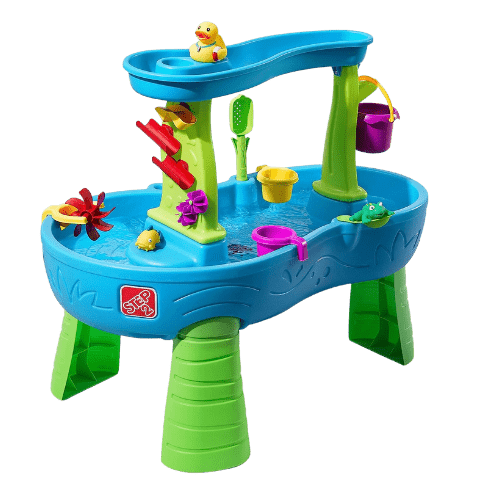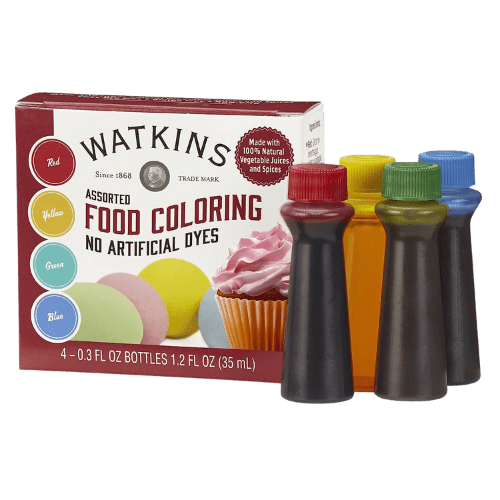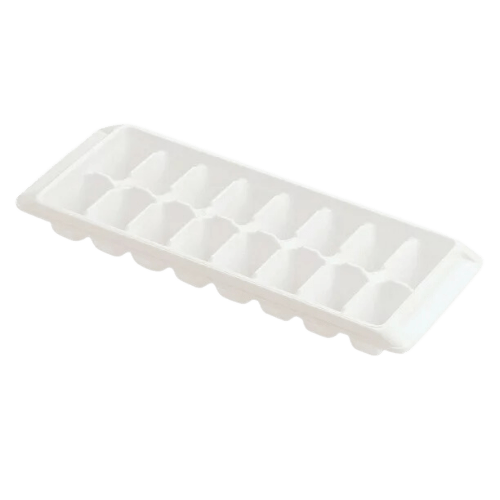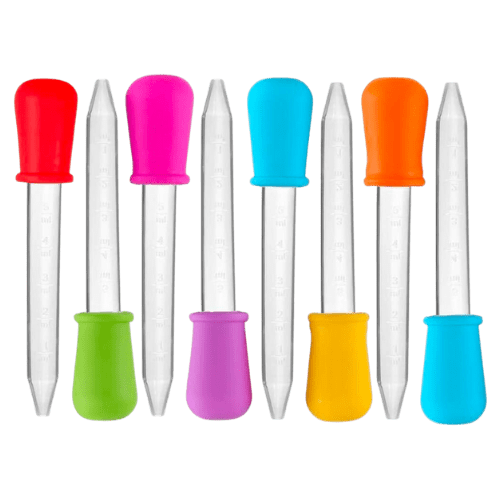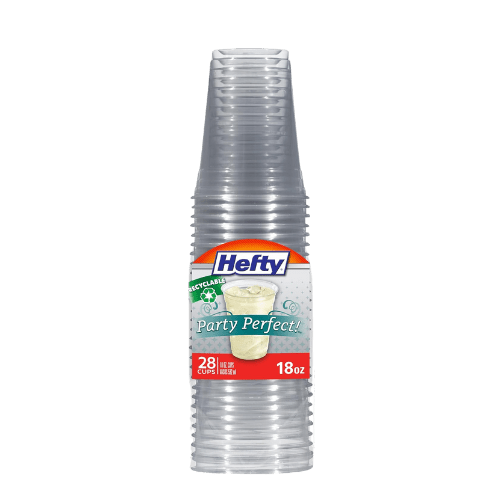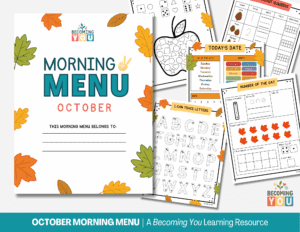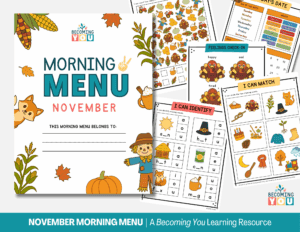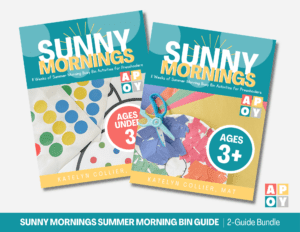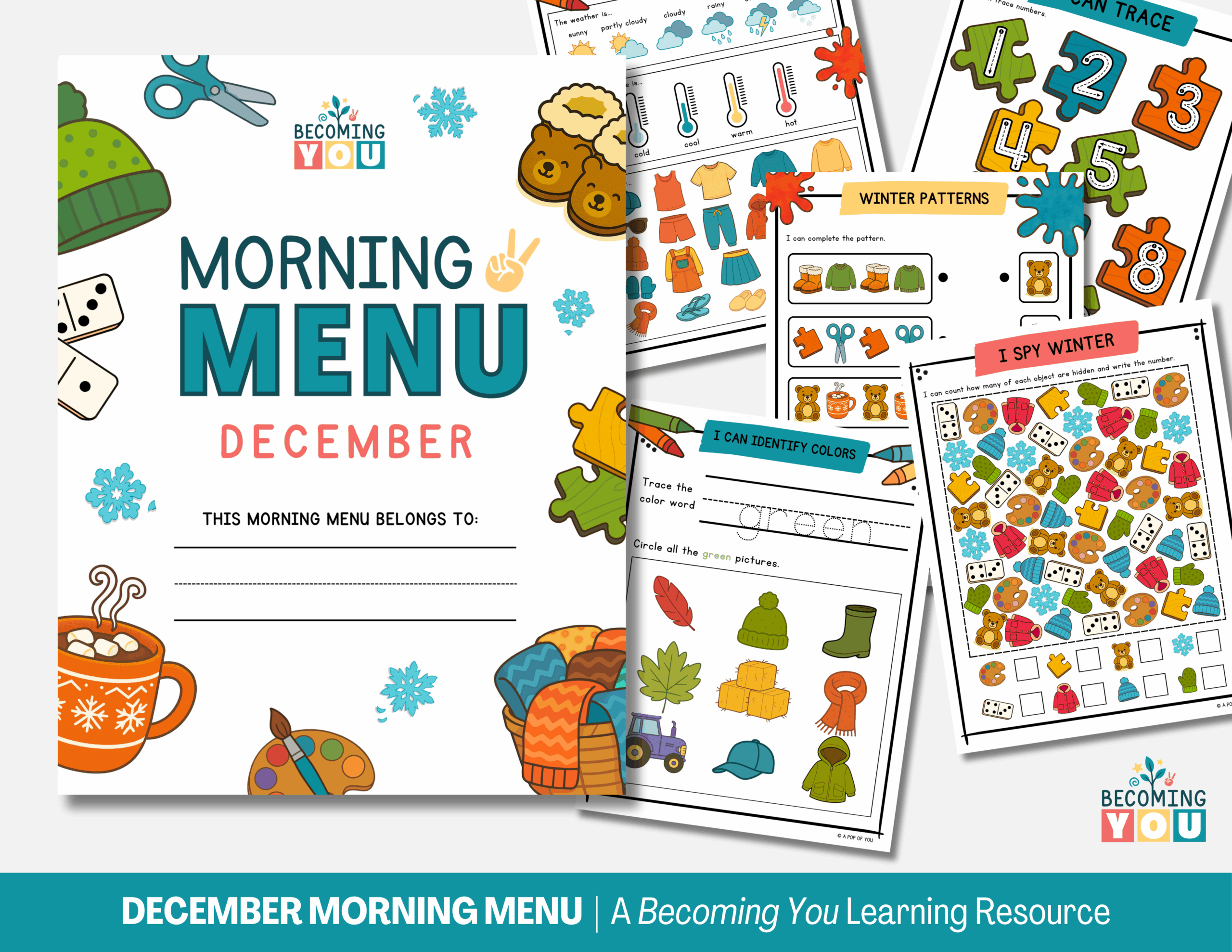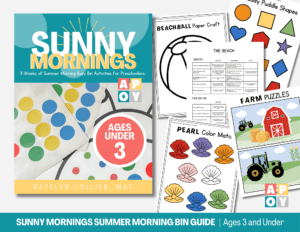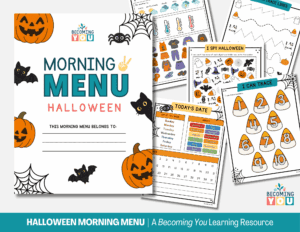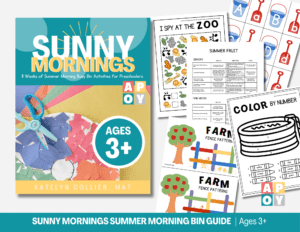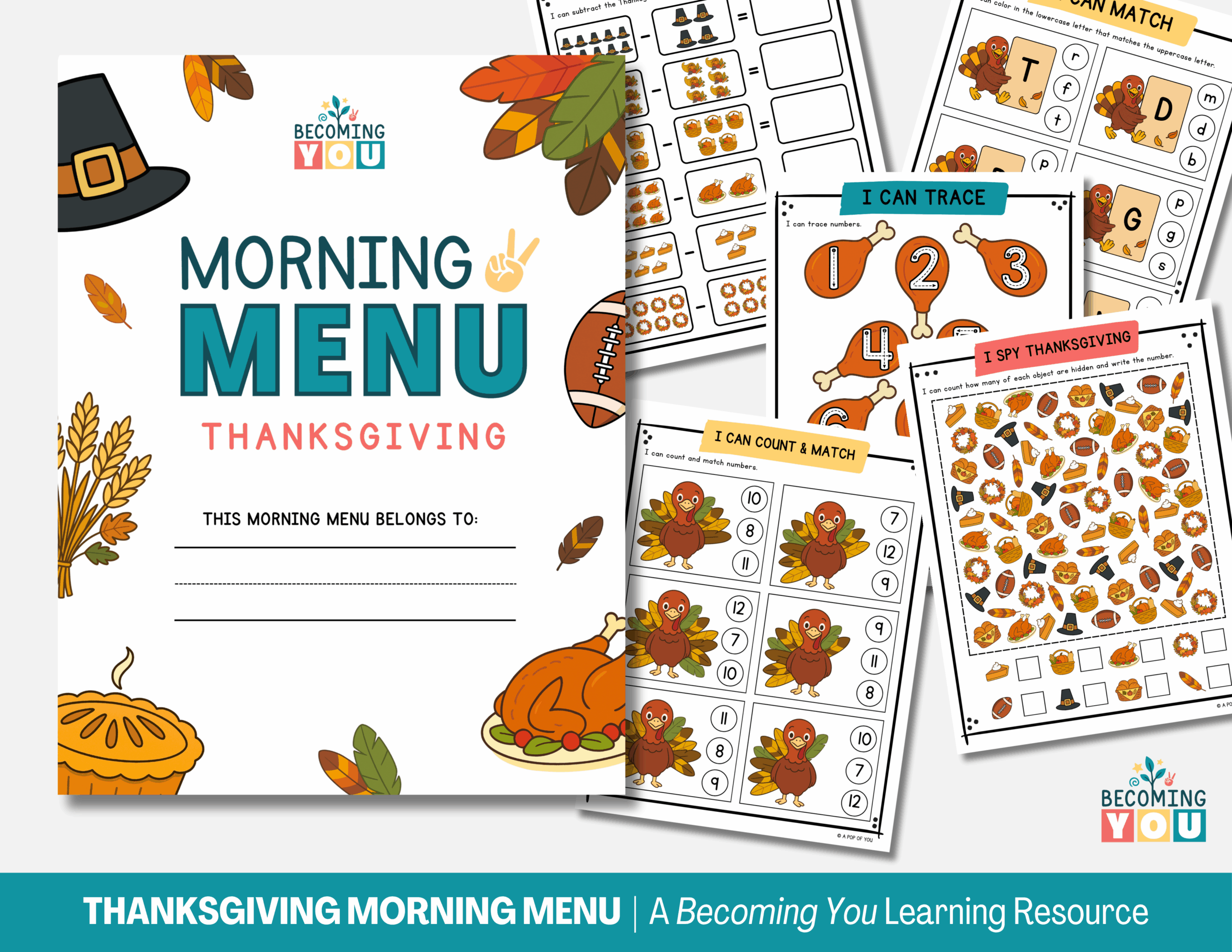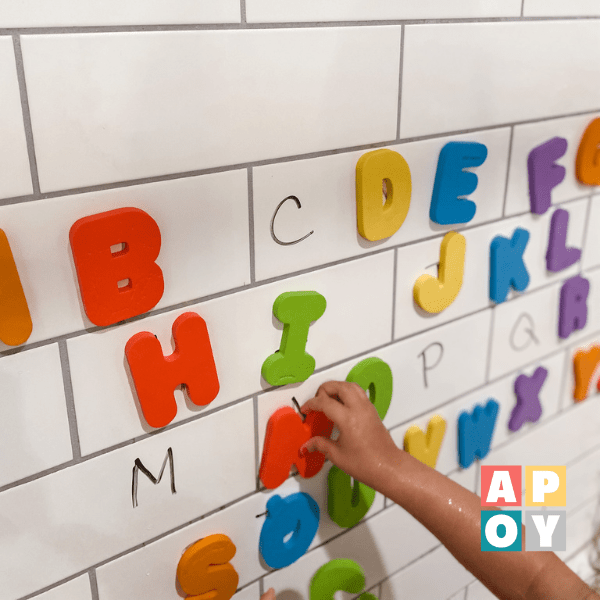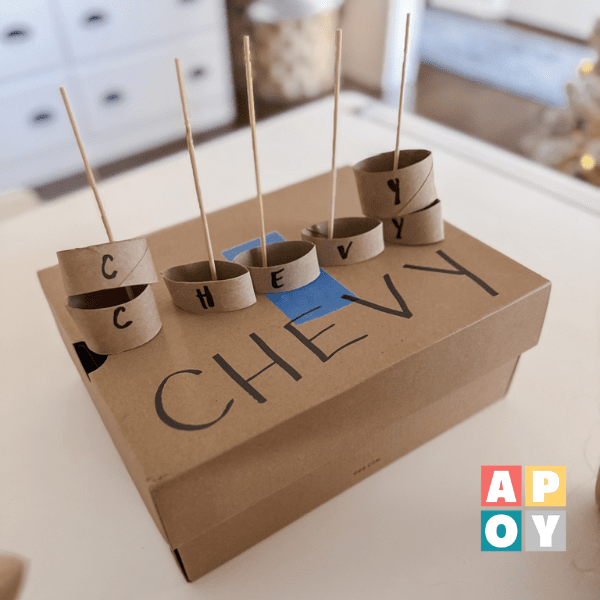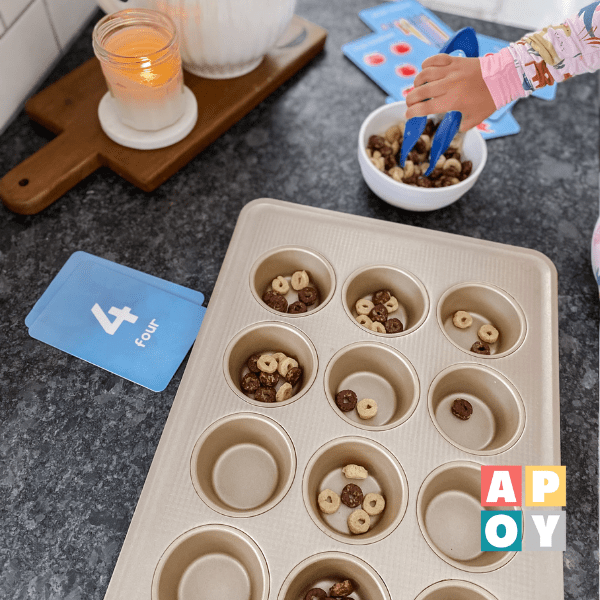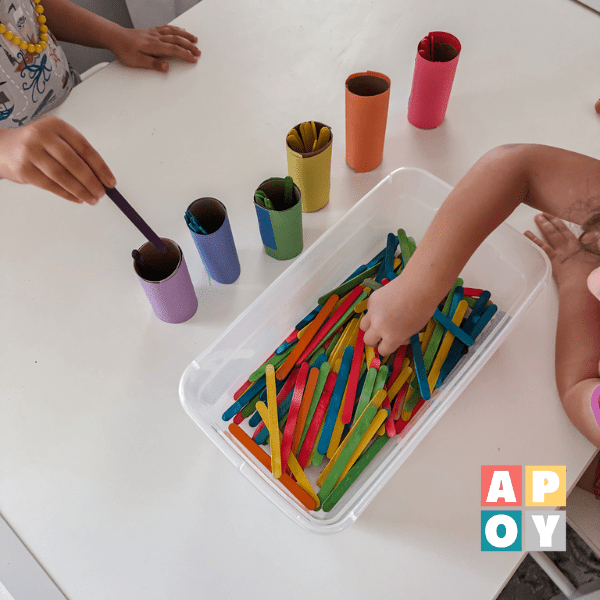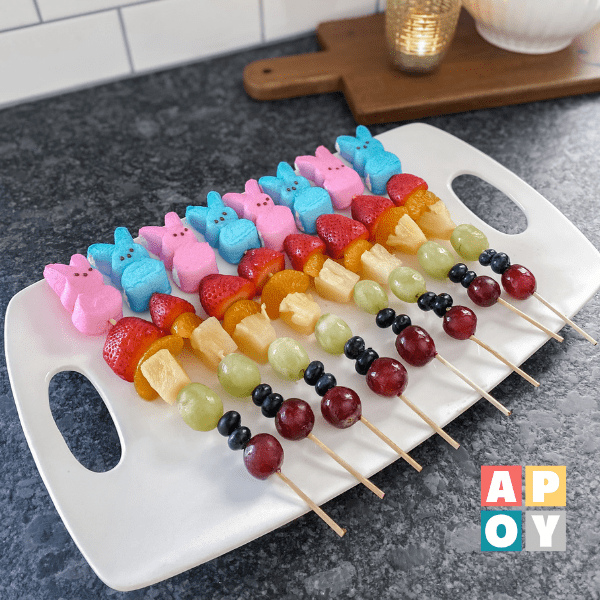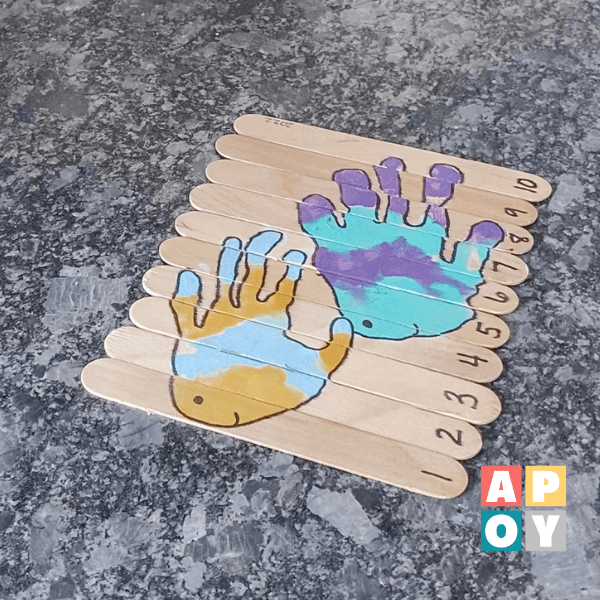Water Table Color Mixing: A Simple, Colorful Sensory Activity for Curious Kids
Looking for a fun and easy kids activity? Try this water table coloring mixing idea using food coloring, cups, and droppers! It’s perfect for sensory learning, color recognition, and outdoor play.
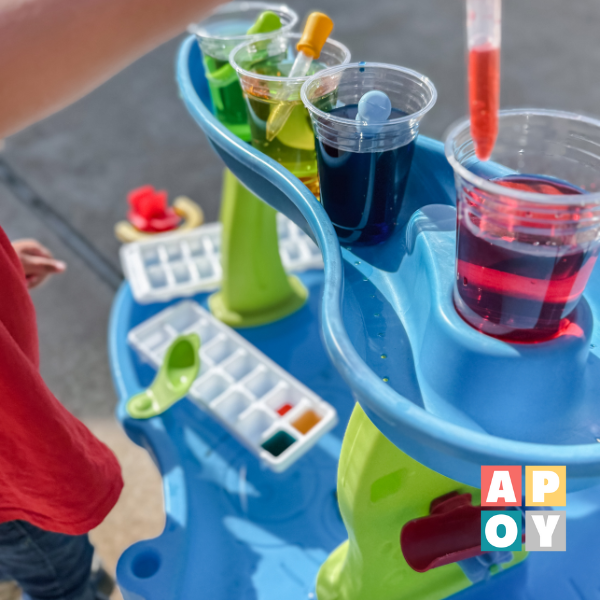
This blog post may contain affiliate links. When you make a purchase through these links, I may earn a small commission, at no additional cost to you. I only recommend products that I genuinely believe can benefit you and your family! Your support helps maintain and improve all things A Pop of You. Thanks so much!
Water Tables: The MVP of Backyard Fun (and a Secret Weapon for Learning Too)
Water tables: the MVP of backyard fun and an underrated parenting hack for keeping toddlers entertained and learning at the same time. If yours has been collecting dust—or you’re just looking to squeeze more learning out of your water play setup—this one’s for you.
Welcome to the latest post in my Activities with Random Household Objects series. In this edition, we’re turning your water table into a full-blown science lab with an easy and colorful experiment your kids will want to do on repeat: water table color mixing. Think color recognition, sensory learning, and a whole lot of water play rolled into one.
This water table activity is low-prep, high-interest, and full of potential for expanding your little one’s understanding of how colors work. And let’s be honest—it’s a pretty peaceful way to spend a morning. Coffee in hand, kids happily pipetting blue into yellow…we love to see it.
Let’s break it down.
What Is Water Table Color Mixing?
Water table coloring mixing is exactly what it sounds like. You set up a water table with cups of colored water, give your kids some tools like eye droppers and ice cube trays, and let them experiment with mixing colors. That’s it. The magic is in the simplicity.
This sensory activity is perfect for toddlers and preschoolers who love cause-and-effect, splashing, and pretending they’re “doing a science.” It’s a hands-on, screen-free learning activity that gives them something new to try at home using things you probably already have on hand.
Why It’s Worth Your Time
Let’s talk benefits—because yes, this is play, but it’s also simple at home learning at its finest.
- Color recognition: They’re learning to identify and name colors.
- Fine motor development: Eye droppers = little hand muscles working overtime.
- Sensory learning: Water play is a classic sensory activity for good reason.
- STEM intro: It’s early exposure to mixing, observing, and predicting outcomes.
- Independence: Once you set it up, kids can do this one on their own (yes please).
And don’t forget: This is an outside activity that doesn’t involve a single soccer cleat, bag of goldfish crackers, or trip to the splash pad. You’re welcome.
Materials You’ll Need
Here’s what to gather before you get started:
- A water table (or a large plastic bin or kiddie pool)
- Plastic cups (clear works best so kids can see the colors)
- Water
- Food coloring (primary colors—red, yellow, and blue—are all you need)
- Eye droppers or pipettes
- Ice cube trays, muffin tins, or small clear containers
Optional bonus items:
- A white tray or sheet of paper to place under the clear trays to better see the mixed colors
- A towel for quick cleanup
- Aprons or swimsuits for the splash-happy toddlers
How to Set Up Water Table Color Mixing
- Fill the water table about halfway with clean water. You can also just place the colored cups and mixing tools on top of an empty water table if you want to focus solely on color mixing.
- Fill plastic cups with water—about ⅓ to ½ full is plenty.
- Add a few drops of food coloring to each cup. Stick to the primaries: red, yellow, and blue. (Or get fancy and include green, orange, and purple too!)
- Set out eye droppers and ice cube trays near the water table.
- Invite your child to mix colors using the droppers. They can experiment with different amounts, combinations, and patterns.
- Sit back and let the “oohs” and “aahs” begin. They’ll surprise themselves with how orange + blue turns out (spoiler: not always pretty).
How to Guide the Learning (Without Taking Over)
This kids learning activity is naturally exploratory, but you can sprinkle in gentle prompts like:
- “What do you think will happen if you mix red and yellow?”
- “Can you make purple using just these colors?”
- “Which color did you use the most?”
- “Can you find a way to make a really dark green?”
Let them take the lead—half the fun is in the freedom.
Extensions for Curious Little Scientists
Have a kid who wants more? Here are some learning activity extensions to keep the curiosity going:
- Ice Color Mixing: Freeze colored water in ice cube trays ahead of time. Then let the kids play with the melting cubes in the water table.
- Squirt Bottle Challenge: Fill squirt bottles with colored water and let them “spray mix” on paper or into muffin tins.
- Color Sorting Station: Add plastic items (Legos, buttons, pom poms) for them to match to their colored water.
- Make a Color Mixing Chart: Draw a grid with before-and-after combos (blue + yellow = green). Let them help fill it in as they discover.
- Paint With It: Once they’ve created new colors, hand them paintbrushes and paper. Watercolors, but DIY.
Why It Works So Well
This one ticks all the boxes we love around here. It’s:
- Fast to prep
- Cheap (hello, food coloring and plastic cups)
- Reusable for different ages and stages
- Open-ended enough to repeat often without boredom
- Rich in learning, even if it looks like “just play”
When we talk about activities using a water table, this is the kind that actually pulls its weight. It’s not just scooping and dumping (though we love that too). It’s a kids activity that builds science and creativity muscles while buying you a few quiet sips of coffee.
MORE ACTIVITIES USING A WATER TABLE
If you’re loving the water table life and want to keep the momentum going, here are a few other simple ideas:
- Water Table Counting Bears Boats: Fill your water table with aluminum foil boats, then add colorful counting bears. Use the boats to float the bears from one side of the water table to the other while practicing counting and color recognition.
- Water Table Lemonade Stand: Add play fruit, ice cubes and plastic cups to your water table. Let your child “sell” lemonade to the family while practicing pouring and pretend play.
- Water Table Mud Construction Site : A simple sensory play activity where kids use homemade mud, rocks, and toy construction vehicles to build, dig, and explore.
- Water Table Icy Letters: Turn learning the alphabet into a frosty adventure by freezing magnetic letters in ice and letting your preschooler melt and arrange them for a sensory-rich, hands-on experience!
Activities using a water table don’t need to be fancy to be fun — and they certainly don’t need to involve Pinterest-worthy setups to be a huge hit.
Final Tips for Success
- If you have more than one child, give everyone their own dropper and tray to avoid battles.
- Food coloring can stain—so opt for swimsuits or dark play clothes.
- Don’t worry if the water eventually turns brown. That means it was a hit.
- Store your droppers and trays in a zip-top bag or bin labeled “color mixing” so you can pull it out quickly next time.
Let’s Wrap It Up
If you’re craving a sensory activity that isn’t messy in a stressful way and doubles as a learning activity, water table coloring mixing is your new best friend. It’s one of those magical sweet spot activities—easy enough for real life, fun enough for repeat requests, and sneaky smart underneath all that splashing.
So next time you’re looking for a water play idea, skip the complicated setups and grab your food coloring. Your color activity awaits.
Ready to try it? Let me know how it goes—or tag me if you snap a photo of your kids’ colorful concoctions. I’ll be over here, refilling the blue cup for the tenth time and soaking in the quiet!


Hey There,
I’m Katelyn!
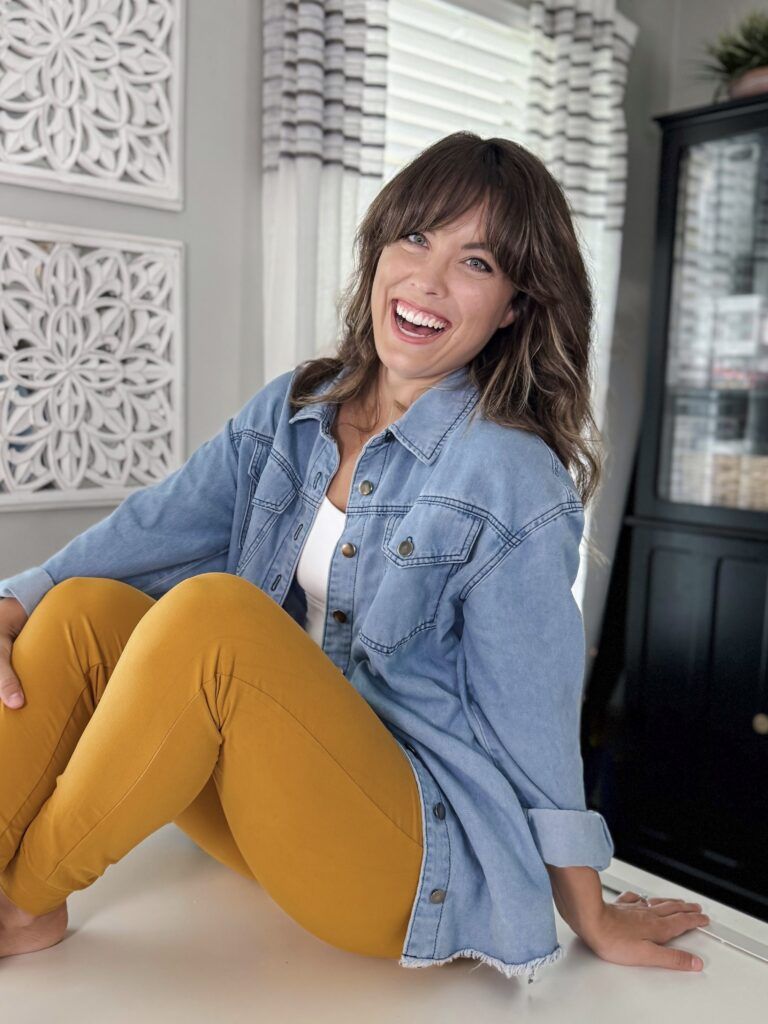
Hi, I’m Katelyn! Join me for creative, intentional family fun and practical home management tips! Parenting is hard, but I’ve got the tools to help you create a calmer, more intentional home!

BROWSE MY
TOY RECS

resourceS

SHOP LEARNING RESOURCES
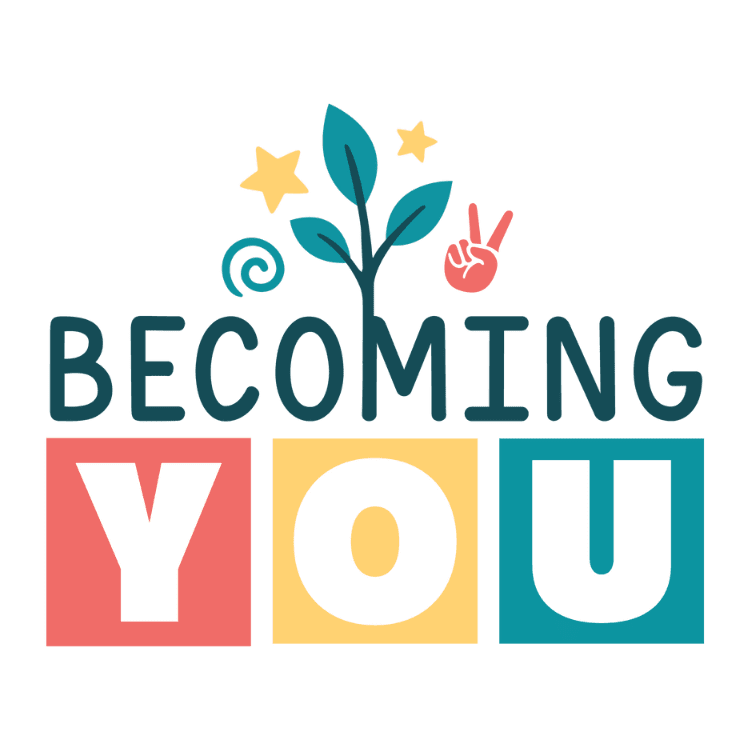

Subscribe to the empty mug club

GET OUR DAILY TO-DOS FREE!
Plus, get the latest achievable learning activities, easy recipes, storage solutions, teacher-approved toy suggestions + exclusive discounts to Becoming You learning resources straight to your inbox!


About Katelyn Collier , MAT
Katelyn Collier is a former elementary school teacher turned homeschooling mom of three and the founder of A Pop of You. She’s passionate about helping families step away from the pressure of today’s fast-paced culture and create homes filled with presence, joy, and balance. Through her resources and podcast, she shares simple, practical tools to reclaim childhood and make family life feel lighter and more intentional.
Masters DEgree in elementary education
VOICE OF BECOMING UNPOPULAR, A PODCAST COMING SOON!
CREATOR OF BECOMING YOU, A KIDS’ LEARNING RESOURCE LINE


FIND MORE INSPIRATION
Even More Achievable Ideas

